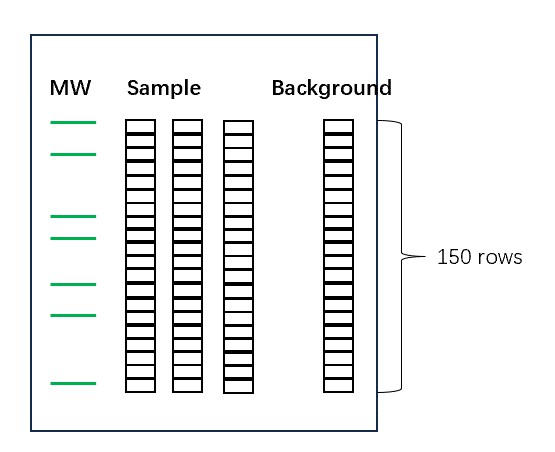Analysis of Plant Telomere Integrity
Telomeres are repetitive sequences of DNA that protect the ends of chromosomes from degradation and fusion with other chromosomes. The integrity of telomeres is vital for maintaining genomic stability and preventing chromosomal aberrations. Analyzing plant telomere integrity provides essential information about the susceptibility of telomeres to degradation and the impact of various factors on telomere stability.
Lifeasible, a renowned company specializing in biological analysis, offers comprehensive services for assessing plant telomere integrity. With years of expertise in the field, we provide state-of-the-art techniques, including telomere restriction fragment analysis and southern blotting.
Techniques for Assessing Plant Telomere Integrity
Telomere restriction fragment (TRF) analysis
- At Lifeasible, one of the widely used techniques for assessing plant telomere integrity is TRF analysis.
- We extract genomic DNA from plant samples, digest it with restriction enzymes, separate the resulting DNA fragments by gel electrophoresis, and detect telomeric DNA using specific probes. The different sizes of DNA fragments generated reflect the length of telomeres, providing insights into telomere shortening, fusions, and loss.
Southern blotting
- We also utilize another powerful tool, southern blotting, to assess plant telomere integrity. This method involves three main steps: DNA fragmentation, gel electrophoresis, and transfer to a solid support membrane.
- We observe telomeric DNA fragments after transfer and hybridization of the membrane to telomere-specific probes. Southern blotting allows accurate identification of telomere abnormalities and their distribution in plant genomes.
 Fig. 1 Telomere restriction fragment measurement by Southern blot analysis.
Fig. 1 Telomere restriction fragment measurement by Southern blot analysis.
Standards of Assessing Plant Telomere Integrity
Telomere integrity refers to the functional and structural stability of telomeres, which are repetitive DNA sequences located at the ends of chromosomes. Assessing telomere integrity in plants helps determine the health and age-related changes in their cells.
- Telomere length
This is the most common indicator used to assess telomere integrity in plants. We can measure telomere length using southern blotting, qPCR, or fluorescent in situ hybridization (FISH). Shorter telomere length is often associated with telomere dysfunction and cellular senescence.
- Telomere loss rate
Telomere loss rate refers to the rate at which telomeres shorten over time. We determine it by comparing telomere length at different time points. A higher telomere loss rate indicates increased telomere attrition and potential telomere dysfunction.
- Telomerase activity
Telomerase is an enzyme that adds telomeric DNA to the ends of chromosomes, counteracting telomere shortening. We can use telomeric repeat amplification protocol (TRAP) or quantitative telomerase repeat amplification protocol (qTRAP) to assess telomerase activity.
- Telomere-associated proteins
Proteins associated with telomeres, like shelterin complex components, play a crucial role in maintaining telomere integrity. We assess the expression levels of these proteins as an indicator of telomere integrity in plants.
Lifeasible prioritizes customer satisfaction and strives to deliver exceptional services tailored to meet specific research needs. With a strong focus on quality, accuracy, and efficiency, we have established as a trusted partner for researchers worldwide. If you are interested in our services or have some questions, please feel free to contact us or make an online inquiry.
For research or industrial raw materials, not for personal medical use!
 Fig. 1 Telomere restriction fragment measurement by Southern blot analysis.
Fig. 1 Telomere restriction fragment measurement by Southern blot analysis.